On April 14, 2025, the Prime Minister issued Decision 759/QD-TTg in 2025 approving the Project on rearranging and reorganizing administrative units at all levels and building a 2-level local government organization model.
Pursuant to sub-section 3.2, Section 3, Chapter IV of the Project issued with Decision 759/QD-TTg in 2025, there is a specific arrangement plan for 52 provinces and cities and 23 new provinces and cities.
There are a total of 52 provincial-level administrative units implementing arrangement and merger.
1. Merge Ha Giang province and Tuyen Quang province into a new province called Tuyen Quang province.
The administrative and political center is located in Tuyen Quang city today, with a natural area of 13,795.6 km2 and a population of 1,731,600 people.
2. Merge Lao Cai province and Yen Bai province into a new province called Lao Cai province.
The administrative and political center is located in Yen Bai city today, with a natural area of 13,257 km2 and a population of 1,656,500 people.
3. Merge Bac Kan province and Thai Nguyen province into a new province called Thai Nguyen province.
The administrative and political center is located in Thai Nguyen city today, with a natural area of 8,375.3 km2 and a population of 1,694,500 people.
4. Merge Hoa Binh province, Vinh Phuc province and Phu Tho province to form a new province called Phu Tho province.
The administrative and political center is located in Viet Tri city, Phu Tho province today, with a natural area of 9,361.4 km2 and a population of 3,663,600 people.
5. Merge Bac Giang province and Bac Ninh province (planned to become a centrally-run city by 2030) into a new province called Bac Ninh province.
The administrative and political center is located in Bac Giang city today, with a natural area of 4,718.6 km2 and a population of 3,509,100 people.
6. Merge Thai Binh province and Hung Yen province into a new province called Hung Yen province.
The administrative and political center is located in Hung Yen city today, with a natural area of 2,514.8 km2 and a population of 3,208,400 people.
7. Merge Hai Duong province and Hai Phong city into 1 centrally-governed city called Hai Phong city.
The administrative and political center is located in Thuy Nguyen City today, with a natural area of 3,194.7 km2 and a population of 4,102,700 people.
8. Merge Ha Nam province, Nam Dinh province and Ninh Binh province (planned to 2030, basically meeting the criteria of a centrally-run city) into a new province called Ninh Binh province.
The administrative and political center is located in Hoa Lu City today, with a natural area of 3,942.6 km2 and a population of 3,818,700 people.
9. Merge Quang Binh province and Quang Tri province into a new province called Quang Tri province.
The administrative and political center is located in Dong Hoi City today, with a natural area of 12,700 km2 and a population of 1,584,000 people.
10. Merge Quang Nam province and Da Nang city into 1 centrally-governed city called Da Nang city.
The administrative and political center is located in Hai Chau district, Da Nang city today, with a natural area of 11,859.6 km2 and a population of 2,819,900 people.
11. Merge Kon Tum province and Quang Ngai province into a new province called Quang Ngai province.
The administrative and political center is located in Quang Ngai city today, with a natural area of 14,832.6 km2 and a population of 1,861,700 people.
12. Merge Gia Lai province and Binh Dinh province into a new province called Gia Lai province.
The administrative and political center is located in Quy Nhon City today, with a natural area of 21,576.5 km2 and a population of 3,153,300 people.
13. Merge Ninh Thuan province and Khanh Hoa province (planned to become a centrally-run city by 2030) into a new province called Khanh Hoa province.
The administrative and political center is located in Nha Trang City today, with a natural area of 8,555.9 km2 and a population of 1,882,000 people.
14. Merge Dak Nong province, Binh Thuan province and Lam Dong province into a new province called Lam Dong province.
The administrative and political center is located in Da Lat city today, with a natural area of 24,233.1 km2 and a population of 3,324,400 people.
15. Merge Phu Yen province and Dak Lak province into a new province called Dak Lak province.
The administrative and political center is located in Buon Ma Thuot City today, with a natural area of 18,096.4 km2 and a population of 2,831,300 people.
16. Merge Ba Ria - Vung Tau province, Binh Duong province and Ho Chi Minh City into 1 centrally-governed city called Ho Chi Minh City.
The administrative and political center is located in District 1, Ho Chi Minh City today, with a natural area of 6,772.6 km2 and a population of 13,608,800 people.
17. Merge Binh Phuoc province and Dong Nai province into a new province called Dong Nai province.
The administrative and political center is located in Bien Hoa City today, with a natural area of 12,737.2 km2 and a population of 4,427,700 people.
18. Merge Tay Ninh province and Long An province into a new province called Tay Ninh province.
The administrative and political center is located in Tan An City today, with a natural area of 8,536.5 km2 and a population of 2,959,000 people.
19. Merge Soc Trang province, Hau Giang province and Can Tho city into a new centrally-governed city called Can Tho city.
The administrative and political center is located in Ninh Kieu district today, with a natural area of 6,360.8 km2 and a population of 3,207,000 people.
20. Merge Ben Tre province, Vinh Long province and Tra Vinh province into a new province called Vinh Long province.
The administrative and political center is located in Vinh Long City today, with a natural area of 6,296.2 km2 and a population of 3,367,400 people.
21. Merge Tien Giang province and Dong Thap province into a new province called Dong Thap province.
The administrative and political center is located in My Tho city, Tien Giang province, with a natural area of 5,938.7 km2 and a population of 3,397,200 people.
22. Merge Bac Lieu province and Ca Mau province into a new province called Ca Mau province.
The administrative and political center is located in Ca Mau city today, with a natural area of 7,942.4 km2 and a population of 2,140,600 people.
23. Merge Kien Giang province and An Giang province into a new province called An Giang province.
The administrative and political center is located in Rach Gia City today, with a natural area of 9,888.9 km2 and a population of 3,679,200 people.
The table of area of all provinces and cities after the merger in 2025 is expected to be arranged by area:
| STT | New province/city name (expected) | Provinces to be merged (expected) | Area (km²) |
| 1 | Lam Dong | Lam Dong + Dak Nong + Binh Thuan | 24,233.10 |
| 2 | Gia Lai | Gia Lai + Binh Dinh | 21,576.50 |
| 3 | Dak Lak | Dak Lak + Phu Yen | 18,096.40 |
| 4 | Nghe An | Nghe An | 16,486.50 |
| 5 | Quang Ngai | Quang Ngai + Kon Tum | 14,832.60 |
| 6 | Son La | Son La | 14,109.80 |
| 7 | Tuyen Quang | Tuyen Quang + Ha Giang | 13,795.60 |
| 8 | Lao Cai | Lao Cai + Yen Bai | 13,257.00 |
| 9 | Dong Nai | Dong Nai + Binh Phuoc | 12,737.20 |
| 10 | Quang Tri | Quang Tri + Quang Binh | 12,700.00 |
| 11 | Da Nang City | Da Nang + Quang Nam | 11,859.60 |
| 12 | Thanh Hoa | Thanh Hoa | 11,114.70 |
| 13 | An Giang | An Giang + Kien Giang | 9,888.90 |
| 14 | Dien Bien | Dien Bien | 9,539.90 |
| 15 | Phu Tho | Phu Tho + Vinh Phuc + Hoa Binh | 9,361.40 |
| 16 | Lai Chau | Lai Chau | 9,068.70 |
| 17 | Khanh Hoa | Khanh Hoa + Ninh Thuan | 8,555.90 |
| 18 | Tay Ninh | Tay Ninh + Long An | 8,536.50 |
| 19 | Thai Nguyen | Thai Nguyen + Bac Kan | 8,375.30 |
| 20 | Lang Son | Lang Son | 8,310.20 |
| 21 | Ca Mau | Ca Mau + Bac Lieu | 7,942.40 |
| 22 | Ho Chi Minh City | Ho Chi Minh City + Binh Duong + Ba Ria - Vung Tau | 6,772.60 |
| 23 | Cao Bang | Cao Bang | 6,700.40 |
| 24 | Can Tho City | Can Tho + Soc Trang + Hau Giang | 6,360.80 |
| 25 | Vinh Long | Vinh Long + Ben Tre + Tra Vinh | 6,296.20 |
| 26 | Quang Ninh | Quang Ninh | 6,207.90 |
| 27 | Ha Tinh | Ha Tinh | 5,994.40 |
| 28 | Dong Thap | Dong Thap + Tien Giang | 5,938.70 |
| 29 | Hue City (Thua Thien Hue) | Hue City (Thua Thien Hue) | 4,947.10 |
| 30 | Bac Ninh | Bac Ninh + Bac Giang | 4,718.60 |
| 31 | Ninh Binh | Ninh Binh + Ha Nam + Nam Dinh | 3,942.60 |
| 32 | Hanoi City | Hanoi City | 3,359.80 |
| 33 | Hai Phong City | Hai Phong + Hai Duong | 3,194.70 |
| 34 | Hung Yen | Hung Yen + Thai Binh | 2,514.80 |
Based on the statistical table of the area of provinces/cities after the merger (expected), some assessments can be drawn as follows:
Nghe An province is no longer the largest province in the country. According to the new arrangement, Nghe An province has the 4th largest area with 16,486.50 km².
Nghe An is one of 11 provincial-level administrative units that did not implement the arrangement, including the cities of Hanoi, Hue and the provinces of Lai Chau, Dien Bien, Son La, Cao Bang, Lang Son, Quang Ninh, Thanh Hoa, Nghe An and Ha Tinh.
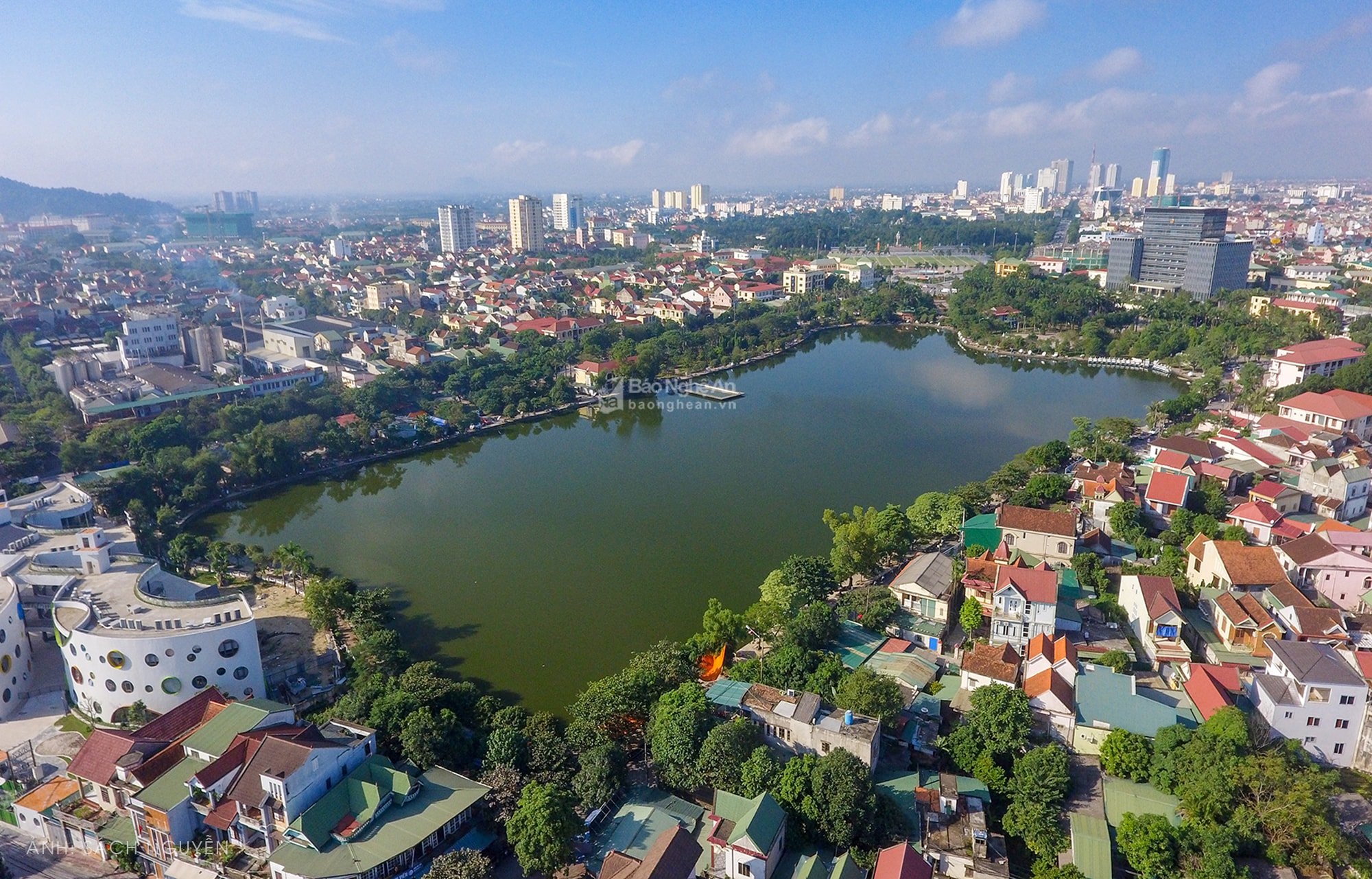
Lam Dong (Lam Dong + Dak Nong + Binh Thuan) ranks first with 24,233.10 km², the largest locality in the country after rearranging administrative units.
The new Hung Yen province (Hung Yen + Thai Binh) with an area of only 2,514.80 km² is the smallest province in the country.
Source: https://baonghean.vn/dien-tich-tinh-nghe-an-xep-thu-bao-nhieu-sau-du-kien-sap-nhap-tinh-thanh-2025-10295598.html



![[Photo] General Secretary To Lam begins official visit to Russia and attends the 80th Anniversary of Victory over Fascism](https://vphoto.vietnam.vn/thumb/1200x675/vietnam/resource/IMAGE/2025/5/8/5d2566d7f67d4a1e9b88bc677831ec9d)
![[Photo] General Secretary concludes visit to Azerbaijan, departs for visit to Russian Federation](https://vphoto.vietnam.vn/thumb/1200x675/vietnam/resource/IMAGE/2025/5/8/7a135ad280314b66917ad278ce0e26fa)
![[Photo] National Assembly Chairman Tran Thanh Man chairs the meeting of the Subcommittee on Documents of the First National Assembly Party Congress](https://vphoto.vietnam.vn/thumb/1200x675/vietnam/resource/IMAGE/2025/5/8/72b19a73d94a4affab411fd8c87f4f8d)
![[Photo] Prime Minister Pham Minh Chinh meets with the Policy Advisory Council on Private Economic Development](https://vphoto.vietnam.vn/thumb/1200x675/vietnam/resource/IMAGE/2025/5/8/387da60b85cc489ab2aed8442fc3b14a)
![[Photo] President Luong Cuong presents the decision to appoint Deputy Head of the Office of the President](https://vphoto.vietnam.vn/thumb/1200x675/vietnam/resource/IMAGE/2025/5/8/501f8ee192f3476ab9f7579c57b423ad)












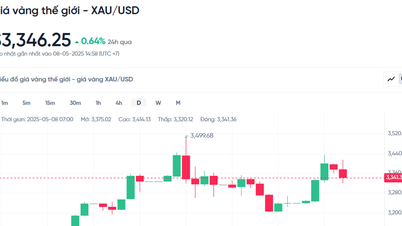

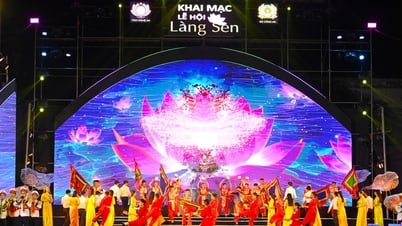


































![[Photo] Prime Minister Pham Minh Chinh talks on the phone with Singaporean Prime Minister Lawrence Wong](https://vphoto.vietnam.vn/thumb/402x226/vietnam/resource/IMAGE/2025/5/8/e2eab082d9bc4fc4a360b28fa0ab94de)












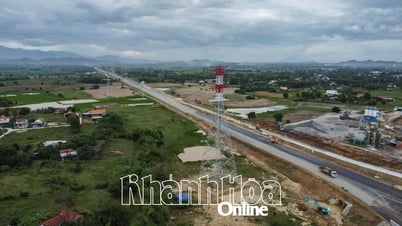

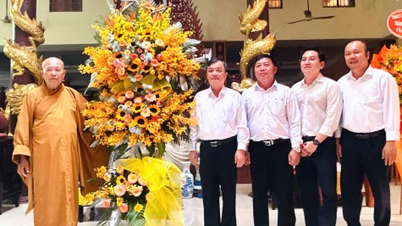














Comment (0)